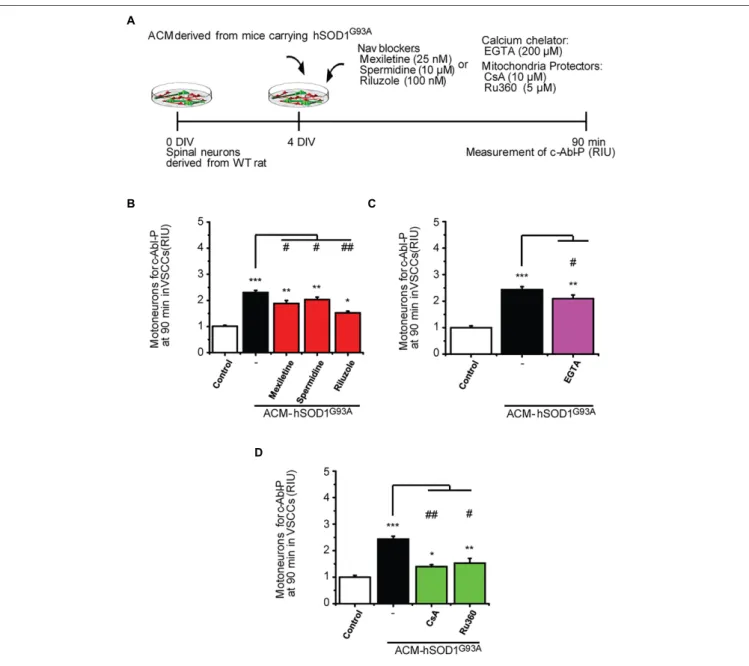Reactive oxygen species trigger motoneuron death in non cell autonomous models of als through activation of c Abl signaling
Texto completo
Figure




Documento similar
The aim of this study was to determine, through a preliminary in vitro study on human glioblastoma (A172, LN229), anaplastic glioma (SF268) and neuroblastoma (SK-N-SH) cell lines,
1) Lamin A/C deficiency does not affect CD4 + T-cell development. 2) Lamin A/C participates in CD4 + T-cell activation by upregulating CD69 and CD25 through
Peripheral (intraperitoneal) co-administration of the α7 nAChR agonist PNU282987 with LPS, attenuated body weight loss and sickness behavior associated with LPS challenge in adult
Second, all age and gender groups are statistically significant. In comparison with the reference category (woman over 64 years), belonging to
These initial results led us to further explore the functional pathophysiological role of GPR107 in PCa cell models. The first approach was to assess
The formation of mitochondrial reactive oxygen and nitrogen species may lead to endothelial dysfunction by the activation of the vascular and phagocy- tic NOXs through protein kinase
fluorescent dyes) for in vivo imaging of living tissues are: i) permeation of a substrate is not required, making non-invasive techniques for in vivo monitoring of ROS/redox
Using immune synapse (IS) formation as a model of polarized vesicle trafficking, our group identified SNX27 association with the PDZ- binding diacylglycerol kinase..


